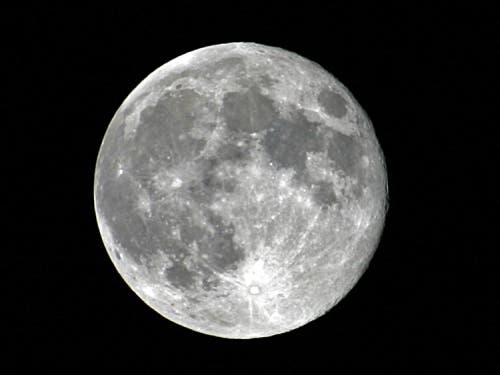
While America seems to have lost most of its lunar ambitions, the same thing can't be said about developed Asian countries
While America seems to have delayed it’s Moon base ambitions, Japan seems to have no such plans; according to their own statements, they have absolutely no intention of letting perfectly good lunar lands go to waste. An ambitious plan of (just?) $2.2 billion investments is in the works at JAXA (Japan’s space agency), with the goal of landing humanoid robots on the moon by 2015, and actually having an unmaned base up and running by 2020.
The key to this seems to be the robots themselves, and who can do better at developing, constructing and maintaining such robots than the Japanese? However, more problems are bound to set in.
If everything goes according to plan, in 2015, huge 660-pound robots will land on the Moon rolling like tanks, equipped with solar panels, seismographs, high-def cameras and numerous other high tech scientific equipment. They’ll also have humanoid hands with the purpose of gathering rock samples and sending them to Earth via rocket.
This seems like a really aggresive timeline if you ask me, but is this really so far fetched ? I’m not really sure. But if you ask me, this is not the big question here. The big question is what will there be to gain ? Extracting minerals seems impractical by any standards; solar energy is out of the question, so what can there be to gain, practically? Remains to be seen. One thing seems to be certain though: the days of American technological superiority are fading fast.









